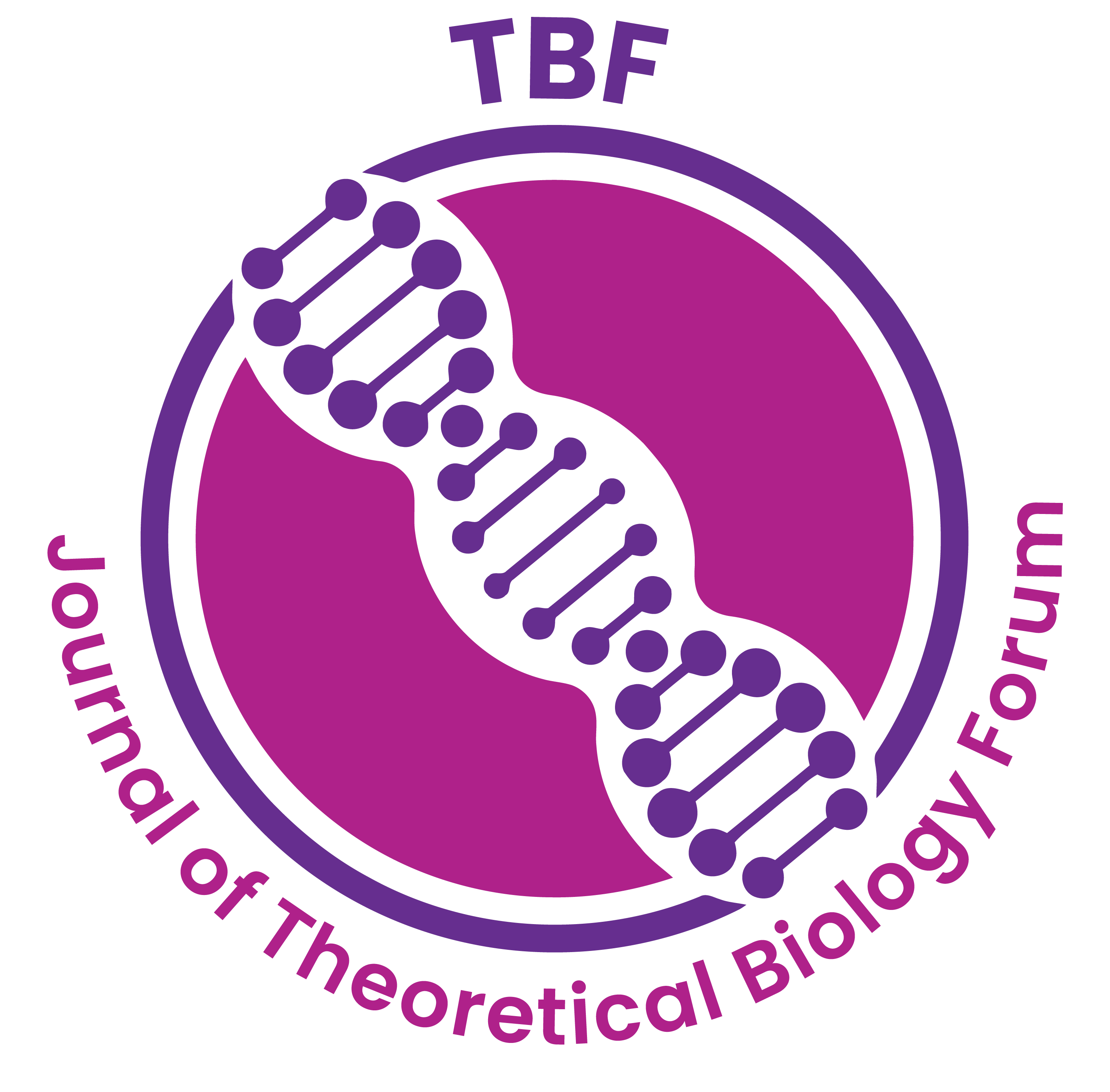Morphological characterization of Brinjal genotype of Assam using multivariate analysis
Bendangla Imsonga , Akashi Sarmabb , Dibosh Bordoloic* , Sailen Gogoid , Moatoshi Jamire , Harendra Vermae
Abstract:
The experiment was carried out to evaluate the genetic diversity, correlation, and path coefficient analysis between twenty-three brinjal genotypes during the summer season of 2019 at Horticultural Research Farm, Assam Agricultural University. The twenty-three brinjal genotypes were grown in randomized complete block design with three replications. The analyses of variance revealed significant variation at a genotypic level for all the sixteen characters except one i.e, fruit length which indicates that the genotypes are diverged genetically. Longai oblong (G3) genotype has shown the maximum yield per plant, which may be due to the highest number of primary branches. From the path coefficient analysis, it was found that the highest positive direct effect was of days to 50% fruiting (1.100), followed by days to first fruiting (0.263), fruit volume (0.217), days to 50% flowering (0.199) and fruit pedicel length (0.190). For these characters, direct selection would be useful in crop improvement. Based on D2 analysis the twenty-three genotypes were grouped into 5 clusters. The inter-cluster D2 value was observed to be maximum (329.67) between clusters III and IV followed by between cluster I and IV with D2 value of 284.76. This is indicative of diverse clusters which can be utilized for producing superior heterotic combinations. The values of the PCs explained all the characters influencing about 77.6% of the genotypic variability, while the first two PCs explained 58.8% of the variability. Based on the relationship of characters and genotypes to the PC 1, it can be concluded that the genotypes G3, G5, G7, G10, and G19 can be selected for breeding purposes in the brinjal improvement program for the Assam condition.

